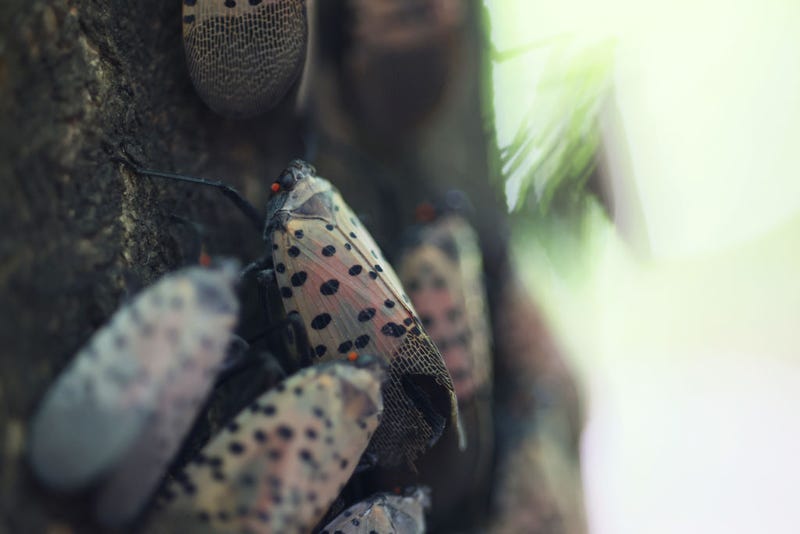
The spotted lanternfly may not be as damaging to trees as earlier believed. That's according to a new study from Penn State, published in Oxford Academic’s environmental entomology.
The lanternfly has taken over most of the state.
The study says there continues to be a “knowledge gap” in the insect as scientists continue to learn more.
The insect is native to China and was first discovered in Berks County several years ago.
The Penn State study suggests lanternflies actually have no long-term effects on forests or ornamental trees.
The study says most trees recover, like silver maple and willow, and grow in subsequent years.
People are still asked to kill the lantern fly when they are spotted.
Lanternfly egg masses will begin to show up on trees and other areas as we head into the fall.
You can kill them by using a credit card or other object to scrape them off.
It’s believed that the population next summer could be double of what was around the Pittsburgh area this yea.
The insect doesn’t have any natural predators but the praying mantis has been spotted eating the lanternfly.
As the lanternfly continues to be in the area, it’s believed other insects and birds will also start to consume them.
We are also learning other things about the lanternfly. You can find that out in the article below:

